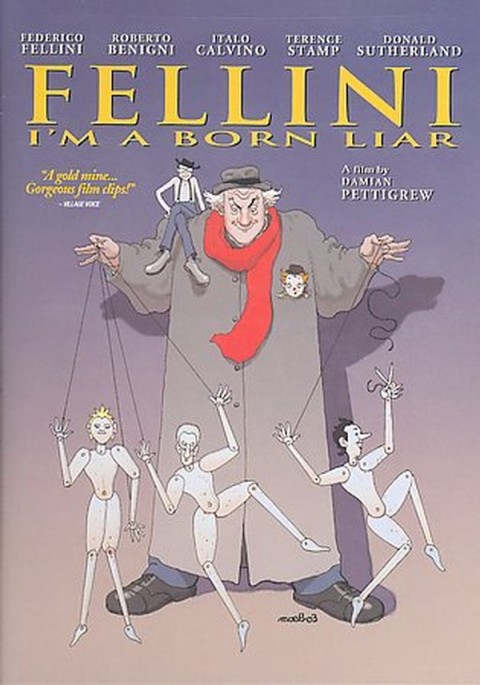Janis Joplin died forty-two years ago this month at age 27 of the same excesses that killed many of her peers and at the absolute height of her career. But in the mid-nineteen fifties, Joplin was a misfit kid with terrible acne living a lonely existence in Port Arthur, Texas. Then she discovered the blues, and it transformed her. Bessie Smith and Leadbelly, Odetta and Aretha Franklin. By 1964, she was living in San Francisco and recording blues standards with future Jefferson Airplane guitarist Jorma Kaukonen. She rose to prominence and found herself a place to fit in with psychedelic pioneers Big Brother and the Holding Company. Big Brother didn’t initially take to Joplin’s soulful rasp, but she eventually won them over, and won millions of fans over to the band, particularly with their second album Cheap Thrills, which spawned the single “Piece of My Heart,” and my favorite, her rendition of blues classic “Ball and Chain.” Her performance of the latter at the Monterey Pop Festival in 1967 is legendary, and the recording of it above is pristine, with excellent live sound quality and close-up camera angles of Joplin and the rest of the band.
Joplin broke away from Big Brother shortly after Cheap Thrills and formed a solo act, touring and recording with The Kozmic Blues Band, with whom she recorded just one album, I Got Dem ‘Ol Kozmic Blues Again Mama!. Critics didn’t love it, but this transitional phase was important for Janis since it enabled her to work in a more blue-based sound better suited to her dramatic persona. Kozmic draws on the classic Stax/Volt records template, with horns and backing vocals as prominent accompaniment. The record’s strongest moments are probably the Bee Gees-penned “To Love Somebody” and the funk-soul “Try (Just a Little Bit Harder)” (above in Frankfurt, Germany).
In the last year of her life, Joplin headlined the all-star Festival Express train tour through Canada, with Buddy Guy, The Band, The Grateful Dead, and others. The tour was documented by Academy Award winning cinematographer Peter Biziou and the footage has been acquired by Historic Films Archive, who are digitizing almost 96 hours of film from the tour, including, they claim, the only known live footage of Joplin singing “Me and My Bobby McGee.” Below is a full, energetic, performance of “Tell Mama” from the Festival Express tour:
Joplin continued, through most of that year, to elevate her art, recording the best-selling, posthumously-released Pearl with new backing band Full Tilt Boogie. This is the Joplin most casual fans know—of “Me and My Bobby McGee” and “Mercedes Benz,” and for good reason. One of her final public appearances was on The Dick Cavett Show in June of 1970 (below), where she performs several live numbers with Full Tilt Boogie. In Cavett’s interview with her, Joplin returns to her painful teenage years, saying that her high school classmates “laughed me out of class, out of town, and out of the state.”
While the final period of Joplin’s life saw her produce some incredible work, her name occasionally becomes a shorthand for rock and roll excesses that obscure her amazing, if all-too-brief, career. In an effort to celebrate her life, rather than dwell on her death, the producers of the new show One Night With Janis Joplin (currently at the Arena Stage in Washington, DC) elide the drug abuse that killed her and focus on the music. Joplin’s brother Michael talks about their musical upbringing in the video below, which also includes clips from the loosely-plotted musical, with Mary Bridget Davies as the star.
Josh Jones is a doctoral candidate in English at Fordham University and a co-founder and former managing editor of Guernica / A Magazine of Arts and Politics.



